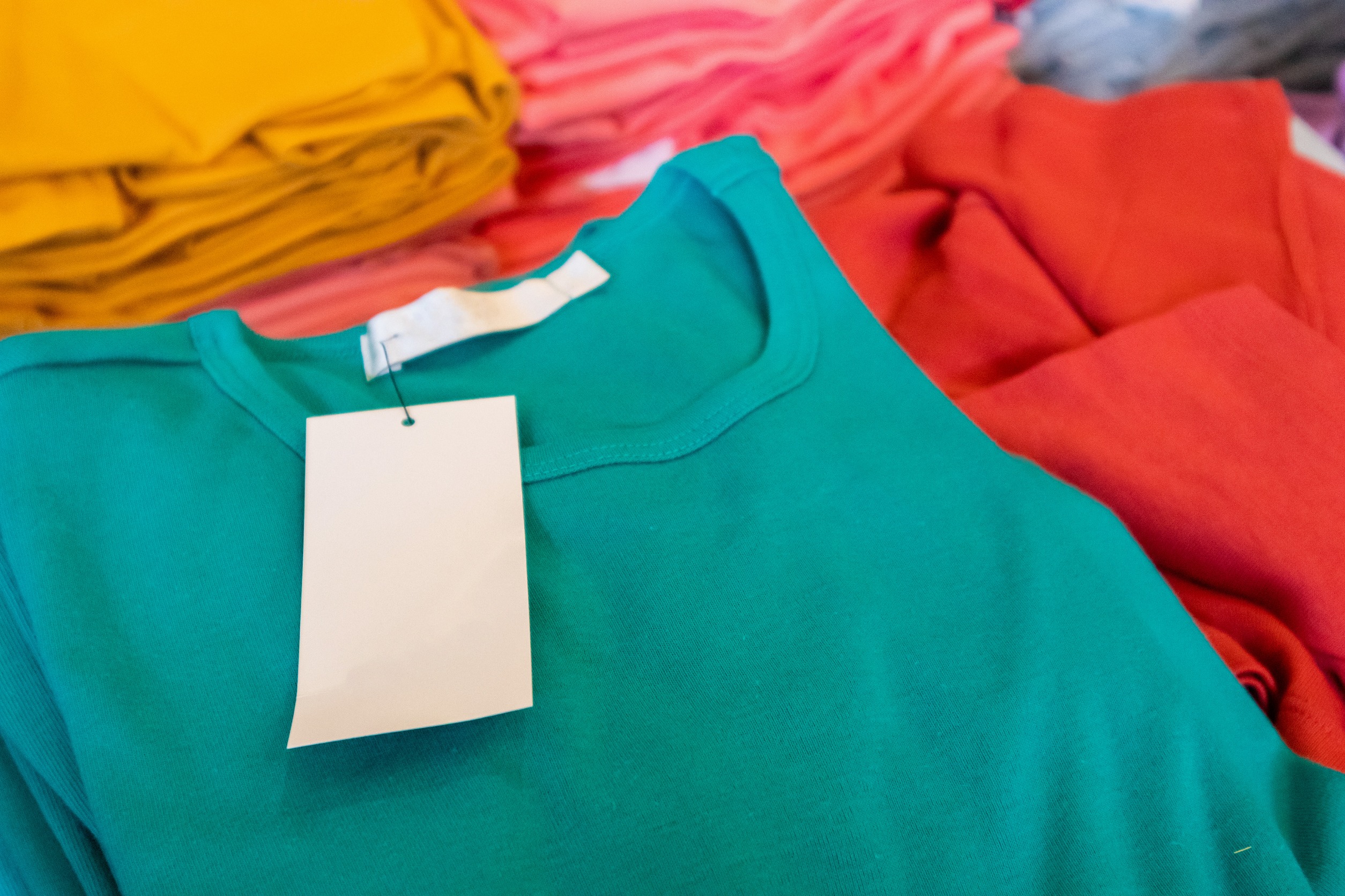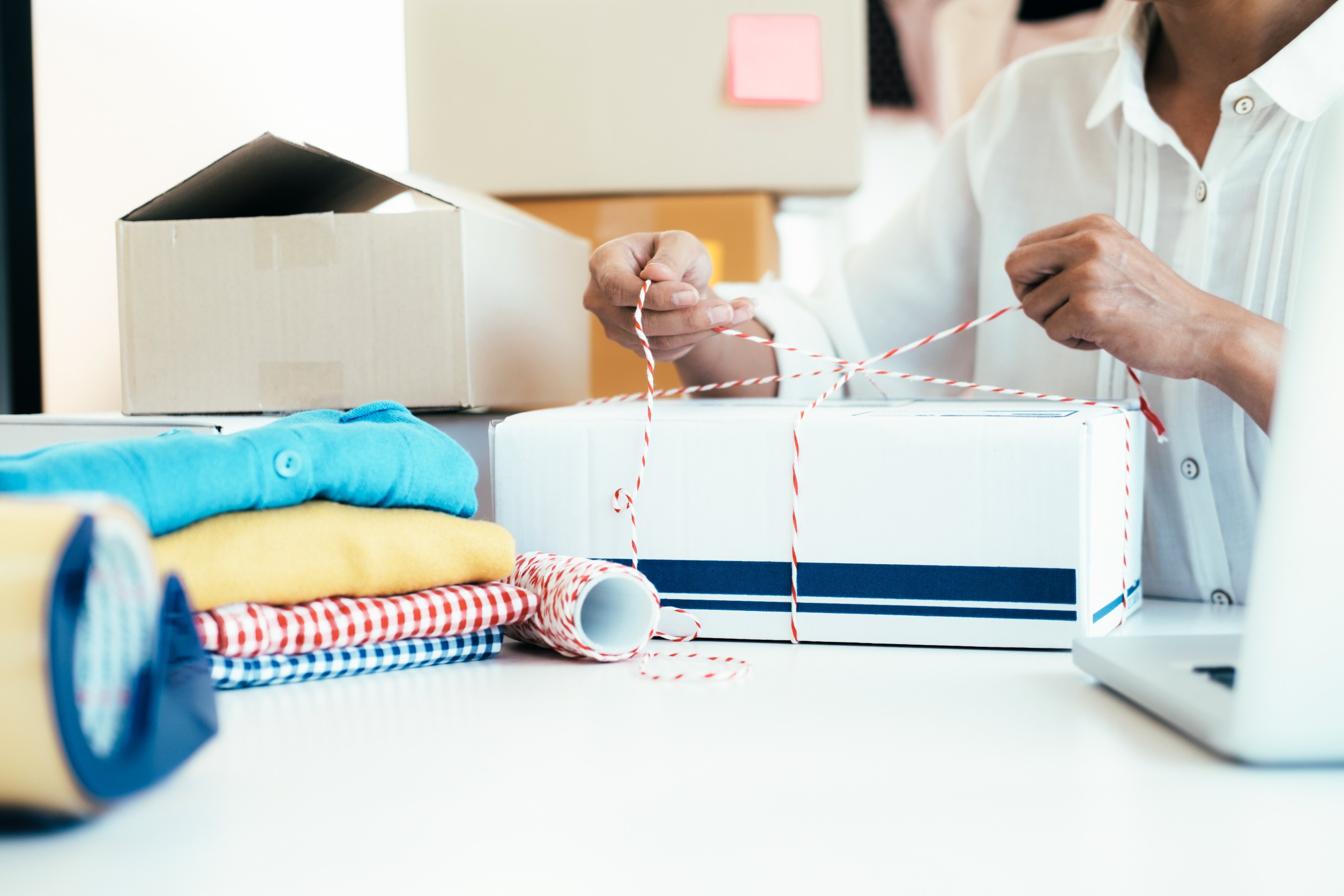123RF
Ever looked at your overflowing closet and thought, “I have nothing to wear!”? It’s probably time for a wardrobe refresh. Instead of letting those clothes gather dust, why not turn them into cash?
Selling your old clothes online is easier than ever and can give you some extra money to splurge on new fashion finds. Here are 10 tips to help you get started and make the most out of your online selling experience.
1. Choose the Right Platform

123RF
The first step to selling your clothes online is picking the right platform. Websites like eBay, Poshmark, and Depop are popular choices, each with its own audience and selling features. Do a bit of research to see which one fits your style and items best.
Some platforms cater more to designer labels, while others are great for trendy, fast-fashion pieces. By choosing the right platform, you can reach the buyers most interested in your wardrobe. Make sure to understand the fees and policies of each platform before committing.
2. Take High-Quality Photos

123RF
Photos are the first thing potential buyers see, so make sure they’re top-notch. Use natural light to capture the true color and details of your clothes. Take multiple shots from different angles, including close-ups of any unique features or imperfections.
A clean, uncluttered background helps your items stand out. Consider using a mannequin or wearing the clothes to show how they fit. High-quality photos can make a huge difference in attracting buyers and making sales.
3. Write Detailed Descriptions

123RF
A picture is worth a thousand words, but a great description seals the deal. Include important details like brand, size, color, material, and condition. Be honest about any wear and tear; buyers appreciate transparency.
Mention how the item fits and any unique features it has. Use keywords that buyers might search for, like “vintage,” “boho,” or “formal.” The more information you provide, the easier it is for buyers to make a decision.
4. Price It Right

123RF
Setting the right price can make or break your sale. Check similar listings to see what comparable items are selling for. Consider the condition and brand of your item when pricing. If you’re not sure, start with a slightly higher price and be open to offers.
Be realistic about what buyers are willing to pay, but don’t undervalue your clothes. Remember, it’s better to make a sale than to have items sitting unsold for months.
5. Be Responsive and Friendly

123RF
Good customer service can set you apart from other sellers. Respond to questions and offers promptly and politely. Being friendly and helpful can encourage buyers to make a purchase and even come back for more.
If someone asks for additional photos or measurements, provide them quickly. Positive interactions can lead to positive reviews, which can boost your credibility and sales. Treat your buyers how you’d like to be treated.
6. Promote Your Listings

123RF
Don’t rely solely on the platform’s traffic to sell your items. Promote your listings on social media, like Instagram, Facebook, and Twitter. Share links and photos, and use relevant hashtags to reach a wider audience.
Join online communities or groups dedicated to buying and selling clothes. The more people see your listings, the higher your chances of making a sale. Get creative with your promotions to draw attention to your items.
7. Package Items Neatly

123RF
Once you make a sale, make sure to package your items neatly and securely. Use clean, sturdy materials to protect the clothes during shipping. Consider adding a personal touch, like a thank-you note or small freebie, to make a good impression.
Make sure to follow any shipping guidelines provided by the platform. Neat packaging can lead to positive reviews and repeat customers. It shows that you care about your buyers and their experience.
8. Be Honest About Shipping Times

123RF
Set realistic expectations for shipping times. If you can’t ship the item within a few days, let the buyer know before they make a purchase. Clear communication about shipping times can prevent misunderstandings and negative feedback.
Provide tracking information so buyers can follow their package. If there’s a delay, inform the buyer as soon as possible. Transparency about shipping times builds trust and keeps buyers happy.
9. Keep Track of Your Inventory

123RF
Stay organized by keeping track of what you’ve listed, sold, and shipped. Use a spreadsheet or an app to manage your inventory. This can help you avoid accidentally selling an item that’s no longer available.
Regularly update your listings to reflect any changes. Keeping track of your inventory can also help you identify which items are selling well and which aren’t. Organization is key to running a smooth and successful online selling business.
10. Learn from Feedback

123RF
Take feedback seriously and use it to improve your selling process. Positive reviews can highlight what you’re doing right, while constructive criticism can show you where to improve. Don’t take negative feedback personally; instead, see it as an opportunity to grow.
Respond to feedback professionally and thank buyers for their input. Continually improving based on feedback can help you build a better reputation and attract more buyers. Learning from your experiences is essential to success.
Start Selling and Reap the Rewards

123RF
Selling your old clothes online can be a fun and profitable way to declutter your closet. By choosing the right platform, taking great photos, and providing excellent customer service, you can turn your unwanted items into cash. Keep these tips in mind as you start your online selling journey, and enjoy the rewards of a more organized closet and a little extra money in your pocket.
The post Turn Your Closet Into Cash: 10 Tips for Selling Your Old Clothes Online appeared first on The Free Financial Advisor.
Read the full article here
















